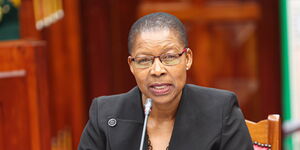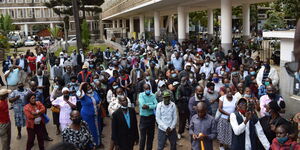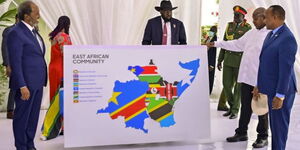Kenyan households are facing yet another increase in electricity costs this June, with prices climbing by an average of 2.8 per cent.
This hike means that users in the Domestic Ordinary 2 category, who consume more than 100 kWh monthly, will now pay Ksh1,028 for 32.9 units of electricity, a rise of Ksh28 from the previous Ksh1,000.
The national average monthly energy consumption per household stands at 208 kWh, placing significant financial pressure on many families.
The Energy and Petroleum Regulatory Authority (Epra) announced the new tariffs in their latest monthly review, citing an increase in the Fuel Energy Charge (FEC) to Ksh3.59 per unit, up from Ksh3.52 in May.
“Schedule will be liable to a fuel energy cost charge of plus 359 Kenya cents per kWh for all meter readings to be taken in June, 2024,” read part of the Gazette notice.
The Fuel Energy Charge (FEC) is a pass-through cost collected by Kenya Power, which is subsequently remitted to power producers generating electricity using diesel. The recent increase in FEC underscores a growing dependence on thermal power, known as the most expensive electricity source.
Additionally, Epra has raised the Foreign Exchange Rate Fluctuation Adjustment (Ferfa) to Ksh1.76 per unit, up from 97 cents in May. This adjustment covers the costs associated with servicing foreign currency loans used for power generation. The increase reflects higher payments to Independent Power Producers (IPPs), who receive compensation in foreign currencies such as US dollars and euros.
The spike in electricity costs is the first since January 2024, when Kenya experienced a significant rise in power prices.
Back then, customers across all categories—Domestic Lifeline, Domestic Ordinary 1, and Domestic Ordinary 2—saw increases of 17 per cent, 13 per cent, and 12 per cent respectively.
The recent hikes add to the burden of low-income earners, particularly those under the Domestic Lifeline Tariff, who consume between 0-30 kWh monthly and form 71.3 per cent of the customer base.
Prior to these increases, electricity prices had been on a decline for five consecutive months, largely due to the production of cheaper hydropower following sufficient rainfall and a strong shilling that reduced the cost of foreign currency-denominated power purchases.
However, the current uptick in prices is set to exacerbate the already rising cost of living.
Despite a decrease in fuel inflation, reflecting lower pump prices and reduced electricity costs earlier in the year, the new electricity tariffs are likely to drive inflation higher from the current 5.1 per cent.
The latest adjustments in electricity pricing come amid growing concerns over the economic impact on Kenyan households. Already, inflation shows signs of further escalation, and industries are expected to pass on the higher electricity costs to consumers.












